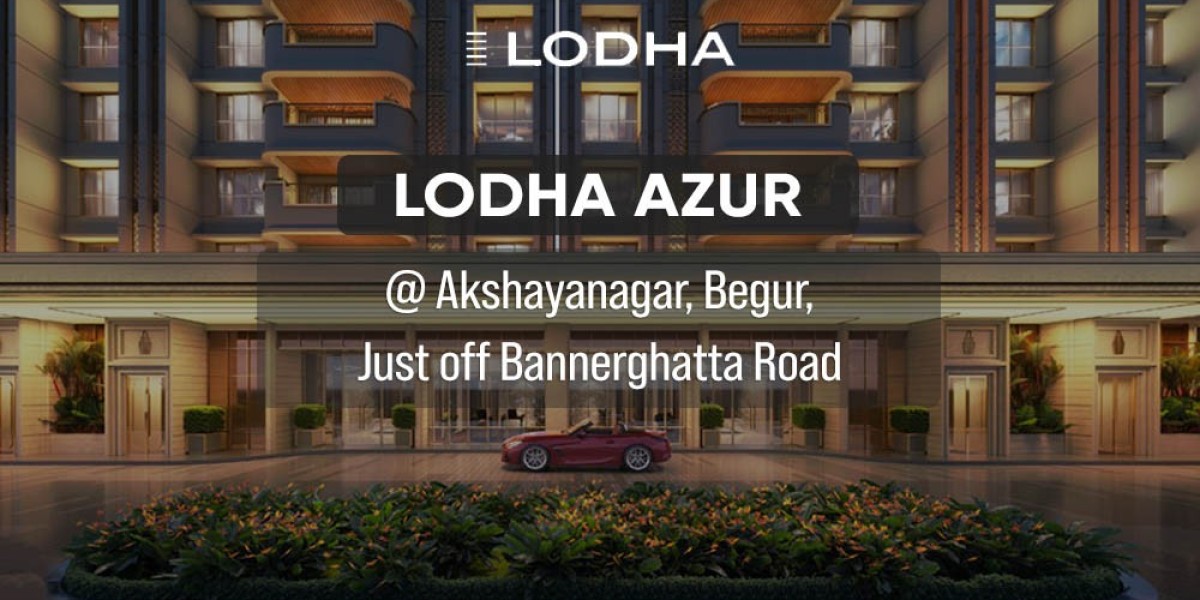Demolition and asbestos removal are critical services in both residential and commercial construction and renovation projects. Ensuring these processes are carried out safely and effectively is crucial for maintaining safety and compliance with regulations. Here’s a detailed guide to understanding and managing these services.
Demolition Services
Demolition involves dismantling or removing buildings, structures, or portions of structures. This can range from small-scale residential projects to large commercial demolitions.
- Types of Demolition
- Partial Demolition: Removing specific parts of a structure while leaving other parts intact. Common for renovations and remodels.
- Total Demolition: Complete removal of a building or structure, often required for redevelopment or land clearing.
- Methods of Demolition
- Mechanical Demolition: Using heavy machinery such as excavators and bulldozers to break down structures.
- Manual Demolition: Involves manual labor and tools for dismantling structures, suitable for smaller projects or areas with restricted access.
- Implosion: Using controlled explosions to bring down large structures. This method is typically reserved for high-rise buildings and large commercial structures.
- Safety and Regulations
- Permits: Obtain necessary permits and approvals from local authorities before starting demolition.
- Site Assessment: Conduct a thorough assessment to identify potential hazards, including structural integrity and the presence of hazardous materials.
- Safety Protocols: Implement safety measures such as protective equipment, barriers, and dust control to ensure the safety of workers and nearby residents.
- Waste Management
- Recycling and Disposal: Properly sort and dispose of demolition debris. Many materials, like wood, metal, and concrete, can be recycled.
- Hazardous Materials: Ensure proper handling and disposal of hazardous materials, such as chemicals and hazardous waste, in compliance with regulations.
Asbestos Removal
Asbestos removal is a specialized service required when asbestos-containing materials (ACMs) are identified in buildings. Asbestos is a hazardous material that can cause serious health issues, including lung cancer and asbestosis, when its fibers are inhaled.
- Identification and Inspection
- Asbestos Inspection: Hire a certified asbestos inspector to assess the presence of asbestos in building materials such as insulation, flooring, and roofing.
- Testing: Collect samples for laboratory testing to confirm the presence of asbestos.
- Asbestos Removal Process
- Containment: Establish containment areas to prevent asbestos fibers from spreading during removal.
- Removal: Use specialized equipment and techniques to safely remove asbestos-containing materials. This often involves wetting materials to minimize dust and using HEPA filters to capture airborne fibers.
- Disposal: Dispose of asbestos waste in accordance with local regulations, typically in sealed, labeled containers.
- Safety and Regulations
- Certified Professionals: Engage licensed and certified asbestos removal contractors who have the necessary training and equipment.
- Compliance: Follow local and national regulations, such as those outlined by OSHA (Occupational Safety and Health Administration) or EPA (Environmental Protection Agency) in the U.S., or equivalent agencies in other countries.
- Post-Removal Testing
- Air Quality Testing: Conduct post-removal air quality testing to ensure that all asbestos fibers have been effectively removed and that the area is safe for occupancy.
- Site Clearance: Obtain a clearance certificate from a licensed professional confirming that the site is free of hazardous asbestos levels.
Choosing a Service Provider
- Experience and Expertise
- Reputation: Choose companies with a proven track record in both demolition and asbestos removal.
- Certifications: Ensure that contractors are certified and trained in handling asbestos and demolition practices.
- Compliance and Licensing
- Permits: Verify that the company has the necessary permits and licenses for both demolition and asbestos removal.
- Insurance: Check that the company has appropriate insurance coverage to protect against potential liabilities.
- Cost and Quotes
- Detailed Quotes: Obtain detailed quotes from multiple providers to compare costs and services.
- Hidden Costs: Be aware of any potential additional costs for permits, disposal, or unforeseen issues.
- References and Reviews
- Client Feedback: Look for reviews and references from previous clients to gauge the quality of work and customer service.
Conclusion
Effective demolition and asbestos removal require careful planning, adherence to safety protocols, and compliance with regulations. By choosing experienced and certified professionals, you can ensure that these processes are carried out safely and efficiently, minimizing risks and ensuring a successful project outcome.









